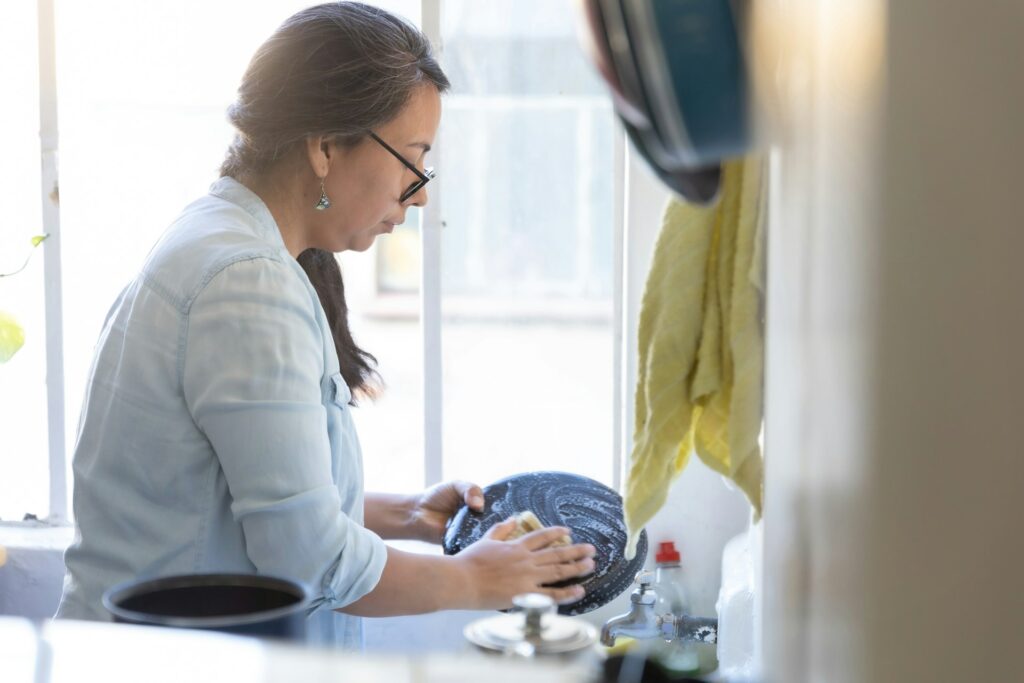Routines can bring order to unpredictable days, help reduce stress, and give you a solid foundation when everything else feels a bit wobbly in life.

They create rhythm in a world that doesn’t always offer much structure. However, if you’ve ever tried to start a new routine and watched it fall apart within a week or two, you’re not alone. Most people don’t struggle because they lack discipline or willpower. They struggle because the routines they’ve tried to follow weren’t built around their lives; they were built around some fantasy version of life where you always have energy, focus, and time.
The truth is, most routines fail not because we’re doing them wrong, but because they weren’t set up to be realistic in the first place. They don’t take into account that people have bad days, low moods, changing priorities, or weeks where everything goes sideways. The trick isn’t to become a machine. It’s to build something human. Something flexible. Something rooted in real life.
These 12 strategies will help you do just that. They’re not about control or performance. They’re about creating a sense of flow and care in your day that actually works. And better yet, they’re grounded in research and real-world psychology.
Start small enough that it feels almost silly.

When you’re trying to change a habit or build a new one, it’s easy to want to go all in. We get excited, and we plan big. But that excitement often fades fast. According to behavioural scientist BJ Fogg, the best way to create a habit that lasts is to start with something so small it feels almost too easy. His Tiny Habits method shows that small wins add up, and they build confidence. So instead of planning to journal for 30 minutes a day, start with one sentence. Instead of a full gym session, do five minutes of stretching. These are habits you can do even on your worst day, and that’s what makes them stick.
Anchor new habits to things you already do.

Trying to remember to do something new can be tough. That’s where habit stacking comes in. By attaching a new habit to an existing one, like doing squats after brushing your teeth or writing down three gratitudes right after your morning coffee, you piggyback off something your brain already expects. James Clear’s work in Atomic Habits has shown that these kinds of pairings dramatically improve the chances of a habit sticking, especially when they’re tied to a time and place.
Make it personal, not aspirational.

A lot of people build routines based on what they think they should be doing. Wake up at 5am, drink green juice, meditate, write a gratitude list, hit the gym. And while there’s nothing wrong with any of that, the question is—does it work for you? If you’re not a morning person, forcing yourself into a sunrise workout will eventually feel like a punishment. Build your routine around your own rhythms, preferences, and needs—not someone else’s idea of what productivity looks like.
Track progress in a way that feels good, not punishing.

Tracking can help build momentum, but it should feel supportive, not like a report card. Whether it’s ticking off a calendar, writing a short note in your planner, or using an app, choose a method that feels light and encouraging. A study published in the American Journal of Preventive Medicine found that tracking behaviours makes it more likely we’ll stick with them. But the key is to do it without judgement. If you miss a day, just notice. Don’t turn it into a verdict about your worth.
Build in margin for real life.

A routine that only works when everything goes perfectly is a fragile routine. Life isn’t perfect. There will be days when you oversleep, when your mood crashes, when something urgent pops up. So your routine needs flexibility. Give yourself permission to adapt rather than start over. If you planned to work out but feel off, go for a short walk instead. If you miss your journalling in the morning, do it before bed. Routines aren’t about perfection—they’re about rhythm.
Make the first step as frictionless as possible.

One of the biggest obstacles to starting a habit is… just starting. If you want to make a routine stick, make the first step so easy it feels automatic. Lay your workout clothes out the night before. Keep your book on your pillow. Set your journal next to your kettle. According to behavioural economics, reducing the effort required to start makes it far more likely we’ll actually follow through. This is where habit design starts to matter, not just what you do, but how you set it up.
Focus on identity, not outcomes.

It’s easy to focus on results: lose 10 pounds, finish a novel, run a 5k. But identity-based habits tend to last longer. Instead of “I want to write every day,” try “I’m a writer who shows up for the process.” A 2017 study in Self and Identity found that habits tied to how we see ourselves are more likely to become automatic. When your routine is part of who you are, not just what you do, it’s easier to keep going, even when the motivation dips.
Choose routines that add energy, not just take it.

Your routine should support you. If it’s leaving you exhausted, it might be more about performance than care. A sustainable routine should feel like scaffolding, not punishment. That might mean choosing yoga over HIIT. Or journalling for five minutes instead of forcing yourself to write three pages. Start paying attention to how you feel after the habit. If it drains you, that’s a red flag. If it grounds or energises you, you’re probably on the right track.
Don’t expect motivation to carry you.

Motivation is a lovely feeling, but it’s also incredibly inconsistent. What keeps habits going isn’t motivation, it’s systems. Psychologist Wendy Wood’s research into habit formation highlights that repetition in the same environment is far more effective than bursts of inspiration. Design your environment to support your routine: make the things you want to do obvious, easy, and rewarding. That way, even on low-motivation days, you’re still more likely to follow through.
Use cues that trigger action.

Cues help reinforce behaviour. Whether it’s lighting a candle before writing, using the same playlist for workouts, or sipping tea while planning your day, these triggers create a kind of mental doorway. Over time, your brain starts linking the cue with the action, and it becomes easier to slip into the routine. It’s a quiet but powerful tool for reinforcing consistency.
Let go of the perfect routine fantasy.

There’s a common idea that once we find the “right” routine, everything will click into place. Of course, routines aren’t fixed—they evolve. What worked in your twenties might not work now. What helped last month might need adjusting this week. That’s not failure. It’s adaptability. Let your routine be a conversation, not a command. Make it something you check in with, not something you punish yourself with.
Celebrate consistency more than perfection.

Streaks are nice, but they’re not the goal. The goal is return. Getting back into your routine after a wobble is far more meaningful than never missing a day. That bounce-back muscle is what makes a routine resilient. So celebrate the fact that you’re still trying, still showing up, and still caring. That counts.
At the end of the day, routines aren’t just about doing more—they’re about creating pockets of intention.

They’re about designing your day in a way that supports how you want to feel, not how you think you should perform. When your routine becomes a form of care rather than control, that’s when it sticks. Not because you’re forcing it, but because it’s actually helping you live the way you want to.


